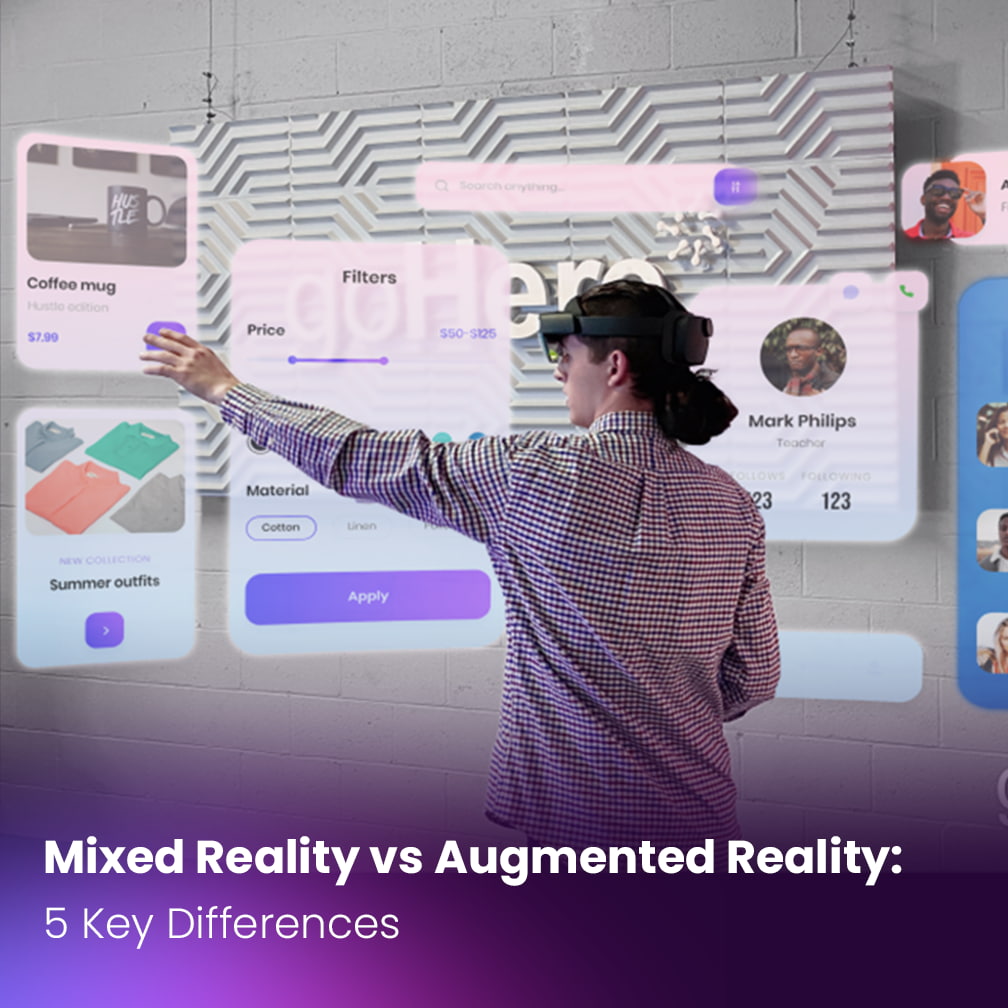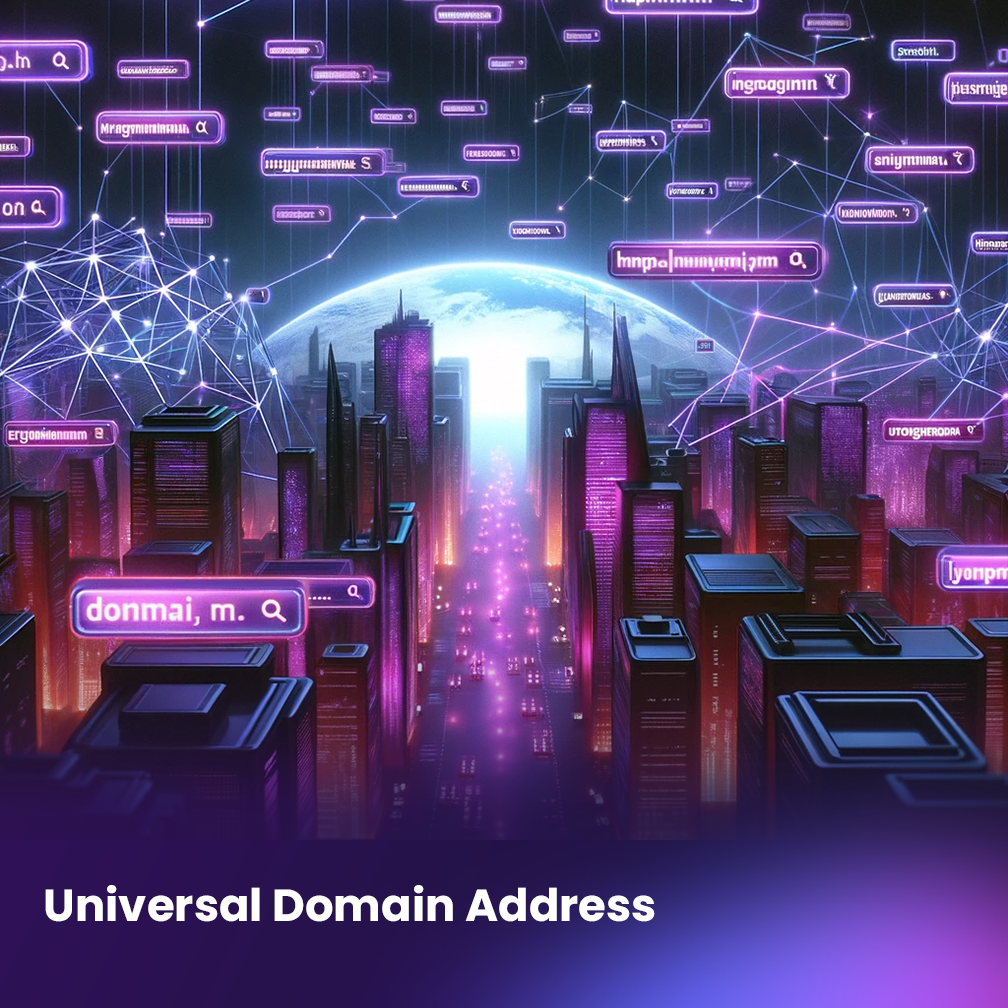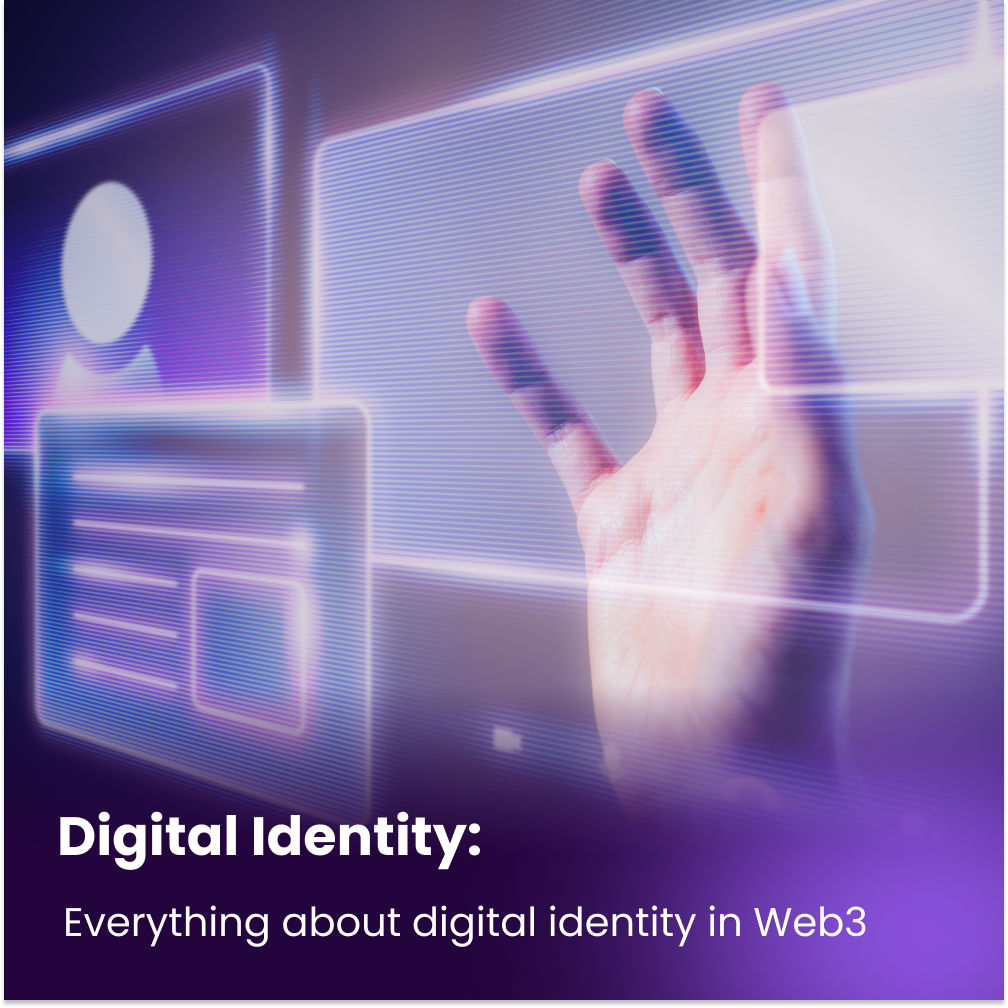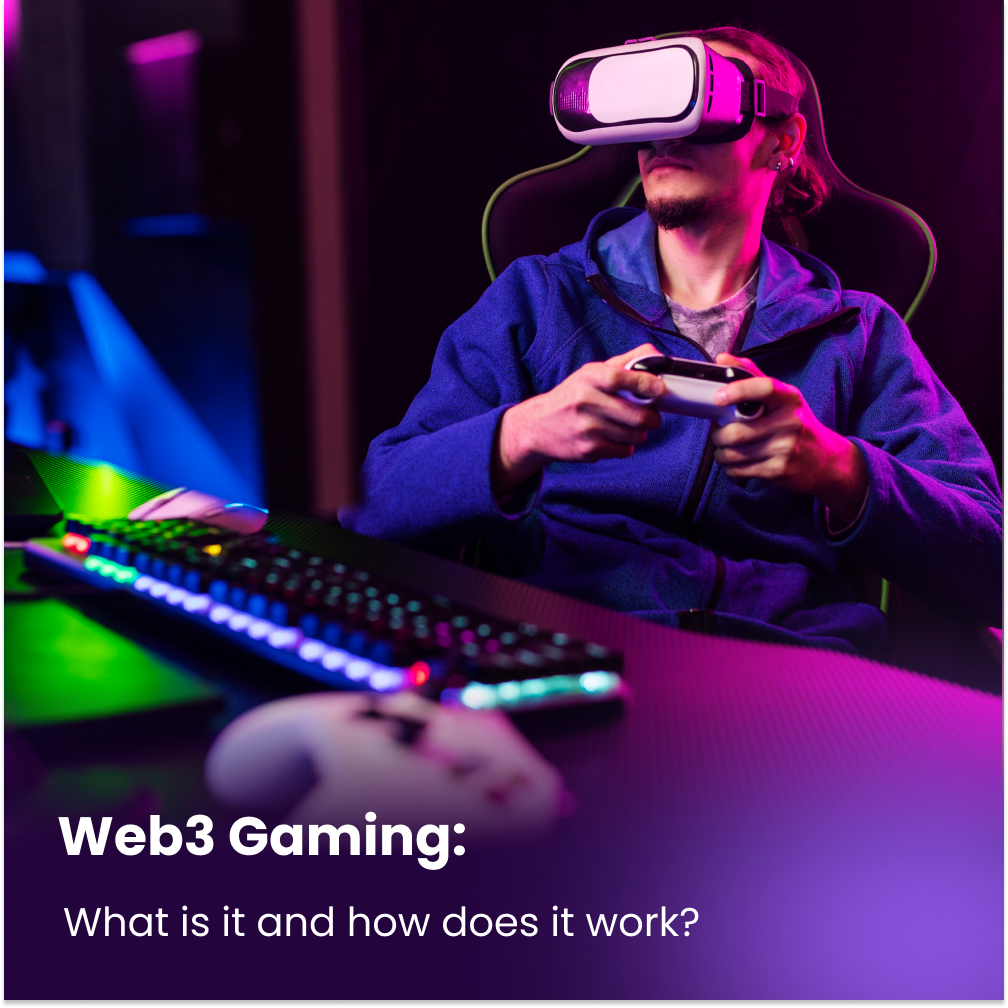
Estimated reading time: 7 minutes
Web3 has brought about a revolution in various industries, and gaming is no exception. Shifting away from traditional gaming platforms, Web3-based games introduce innovative and decentralized approaches to player engagement. These games allow individuals to play and earn through the use of cryptocurrencies and non-fungible tokens, effectively democratizing all aspects of gaming. Unlike the traditional model where central authorities hold power, Web3 gaming places the main authority in the hands of the players themselves.
In this article, we delve into the idea of gaming in Web3, unraveling its core concepts, mechanics, and the transformative power it holds for both gamers and developers. Get ready to embark on a journey that unveils a future where players truly own their in-game items, where economies flourish in the hands of the community, and where gaming extends beyond entertainment into a realm of boundless possibilities.
What is Web3 gaming?
Web3 gaming entails a decentralized approach to gaming in which the activities within a gaming ecosystem or platform, including asset ownership and decision-making across all gaming aspects, are decentralized and not reliant on any central authority.
The integration of blockchain technology into Web3 games empowers gamers to actively participate in shaping the game’s evolution. It establishes the foundation of play-to-earn mechanics, transforming the traditional pay-to-play model. Web3 gaming introduces features such as asset trading, tradable game tokens, and opportunities to earn cryptocurrencies while playing.
By embracing gaming in Web3, players gain access to fair virtual markets where they can fully own their in-game digital assets, which are stored as unique gaming non-fungible tokens.
Furthermore, Web3 games facilitate extensive interoperability among diverse gaming ecosystems by establishing connections between in-game assets and players across multiple platforms.
Web3 gaming also contributes to the gaming industry’s financial strength through innovations like decentralized autonomous organizations (DAOs), crypto-secured gaming wallets, and Spatial Computing.
Web3 gaming vs. traditional gaming
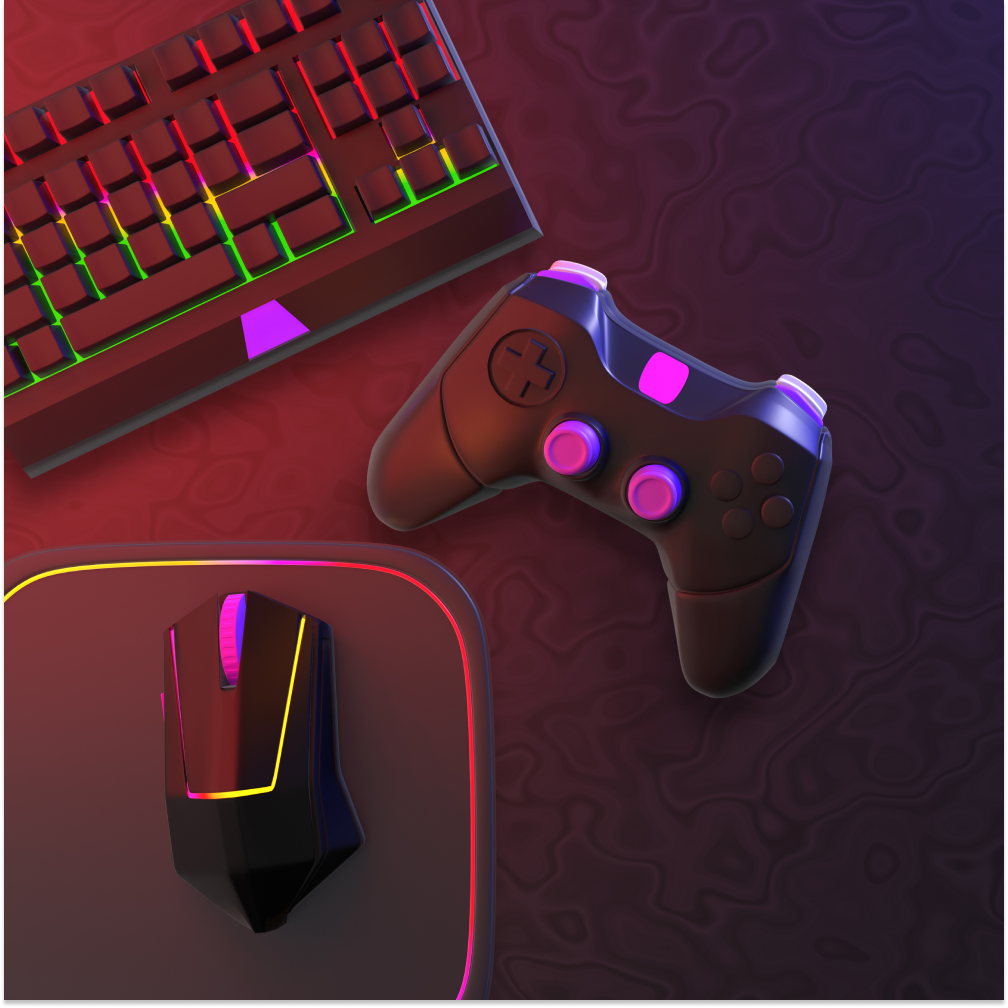
Web3 gaming and traditional gaming differ in several key aspects. Here are the main differences between the two:
- Decentralization: Games Web3 operates in a decentralized manner, where ownership, decision-making, and governance are distributed across the community or governed by smart contracts. In contrast, traditional gaming is typically centralized, with game operators and developers holding authority and control over the gaming ecosystem.
- Ownership of assets: In Web3 players have true ownership of in-game assets through the use of blockchain technology and non-fungible tokens. This ownership allows players to trade, sell, or transfer their assets outside of the game environment. In traditional gaming, players may purchase or earn in-game assets, but the ownership and control remain with the game operators.
- Economy and Play-to-Earn: Web3 introduces the concept of play-to-earn, where players can earn cryptocurrency or other rewards for their in-game activities. Web3 games often incorporate economic models that allow players to monetize their skills and time spent in the game. Traditional gaming typically operates on a pay-to-play model, where players pay upfront for the game or purchase additional content.
- Transparency and trust: Web3 leverages blockchain technology, which offers transparency and immutability of transactions and game mechanics. This enhances trust among players as they can verify the fairness and integrity of the game. In traditional gaming, trust is placed in the game operators, and players have limited visibility into the inner workings of the game.
- Community governance: Web3 gaming often involves decentralized autonomous organizations (DAOs) or community-driven decision-making processes. Players can actively participate in shaping the game’s evolution, proposing changes, and voting on key decisions. Traditional gaming relies on centralized development and decision-making, with game developers and operators making choices on behalf of the player base.
- Interoperability: Web3 enables interoperability among different gaming platforms and ecosystems through the use of blockchain technology. Players can transfer assets or progress between games or platforms seamlessly. In traditional gaming, interoperability is limited, and transferring assets or progress between games or platforms is often not possible.
- Security and ownership rights: Web3 gaming leverages the security and ownership rights provided by blockchain technology. Assets are secured through cryptographic mechanisms, and players have verifiable proof of ownership. In traditional gaming, assets and ownership rights are typically managed and controlled by the game operator, leaving players reliant on the operator’s systems and policies.
What technologies are used in Web3 gaming?
The Web3 gaming technology stack comprises several components that work together to create a seamless and immersive gaming experience:
- Web3 libraries/dApps: Web3 libraries facilitate the interaction between game developers and the blockchain platform. These libraries and decentralized applications (dApps) support in-game transactions, the management of assets, and communication with smart contracts.
- Smart contracts: Smart contracts play a crucial role in Web3 gaming as they monitor and govern various game processes. They also enable voting and decision-making for game evolution.
- Node/Web3 providers: Nodes or Web3 providers extract gaming information stored on the blockchain network. They play a vital role in the Web3 developer stack, allowing Web3 libraries to interact with smart contracts and access relevant data from the blockchain.
- Digital wallets: Every Web3 gaming platform incorporates blockchain-based digital wallets. These wallets are associated with unique addresses that identify players and store their gaming collectibles and in-game assets.
- XR hardware: XR (Extended Reality) hardware encompasses devices like smart glasses, haptic gloves, and scanning sensors, which bridge the gap between the gaming ecosystem and Spatial Computing. These hardware components enhance the immersive and engaging experience of Web3 gaming.
- Open interoperable media standards: Open interoperable media standards encompass various media formats such as texts, audio, 3D scenes, and vectors. These standards empower decentralized 3D applications and contribute to the seamless integration and compatibility of different Web3 gaming platforms.
What are the biggest Web3 games?
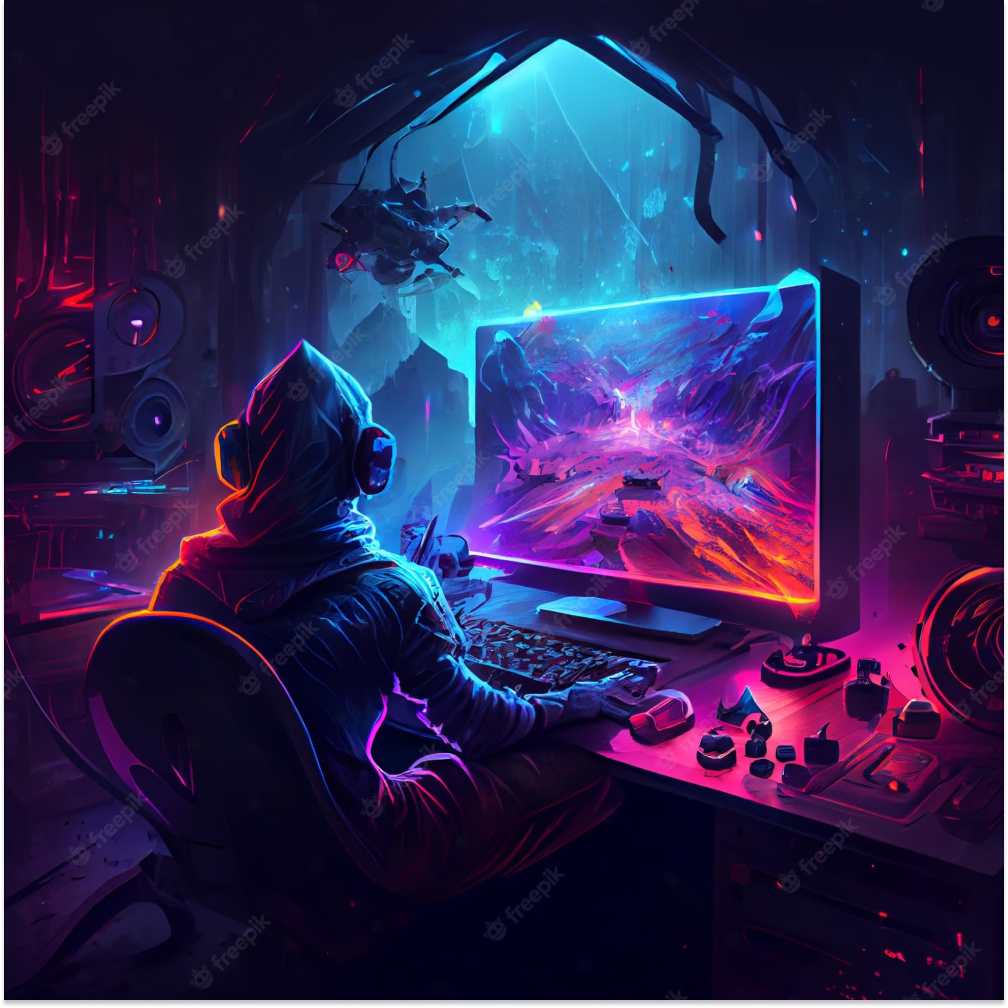
Here are some examples of Web3 games that highlight the innovative possibilities of blockchain technology:
- CryptoKitties: It gained widespread popularity as one of the pioneering Ethereum-based games. In this game, players can collect, breed, and trade digital cats. Blockchain ensures the uniqueness and ownership of each cat, adding value to these virtual assets.
- Axie Infinity: It is an Ethereum-linked game on the Ronin sidechain developed by Sky Mavis, drawing inspiration from Pokemon. It operates as a play-to-earn platform where players can collect, raise, and battle creatures called Axies. Web3 tools enable players to own and trade their Axies and other in-game assets.
- The Sandbox: It offers a virtual world platform where players can unleash their creativity by building and monetizing their own virtual worlds, in-game assets, and digital currencies. Blockchain technology underpins the ownership and authenticity of these digital creations.
- Decentraland: It is another virtual world that empowers players to create, explore, and monetize their virtual experiences. Users can own and trade virtual land, develop unique experiences, and interact with other participants in this decentralized platform.
- Gods Unchained: It is a digital collectible card game that leverages blockchain technology, specifically the Ethereum blockchain, to grant players ownership and tradeability of their cards. By utilizing blockchain, the game ensures the authenticity and scarcity of these digital assets, enhancing their value.
Conclusion
In conclusion, Web3 gaming represents a paradigm shift in the gaming industry, introducing decentralized principles, ownership rights, and immersive experiences.
By leveraging blockchain technology, Web3 games offer players true ownership of in-game assets through tokens, play-to-earn mechanics, and transparent transactions. The integration of Web3 libraries, smart contracts, digital wallets, XR hardware, and interoperable media standards has paved the way for innovative and interactive gaming ecosystems.
Web3 gaming has the potential to redefine the way we play, connect, and engage with virtual worlds, opening up a new era of gaming possibilities.

